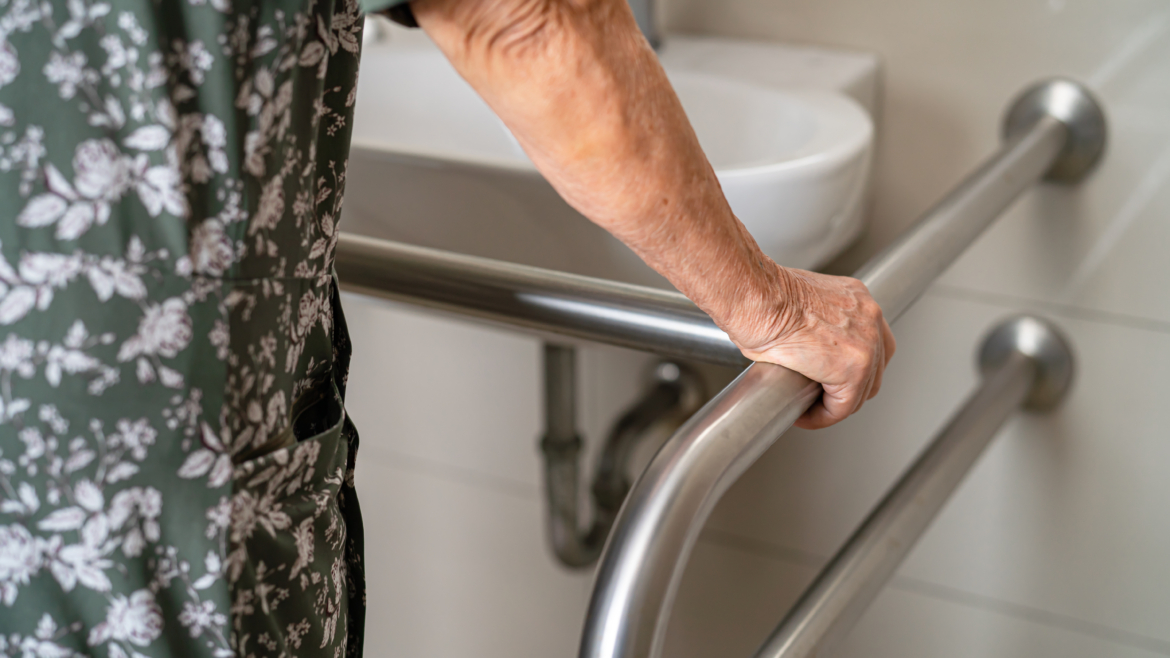Bathroom Safety with Patients in Mind: Creating Custom Solutions for Each Patient
In home healthcare, every patient is unique. This means, the importance of personalized care plans cannot be overstated. This holds especially true when it comes to ensuring bathroom safety, an essential aspect of daily living.
The Significance of Personalized Care Plans in Ensuring Bathroom Safety
When it comes to bathroom safety, a one-size-fits-all approach will likely not be sufficient for all patients. Each patient brings a set of distinct needs, abilities, and challenges. Personalized care plans, tailored to the specific needs of every individual, are important for reducing risks and promoting independence. They take into account the patient’s health condition, mobility levels, cognitive abilities, and any specific challenges they may face in a bathroom environment.
A personalized care plan can serve as a roadmap for healthcare professionals, guiding them in employing targeted interventions that align with the unique circumstances of each patient. This tailored approach not only enhances safety but also fosters a sense of empowerment and dignity for the individuals in care.
Examples of Adaptable Solutions
Mobility Assistance: For patients with limited mobility, installing grab bars in the bathroom can provide added support. Healthcare professionals can assess the patient’s preferred grab bars and determine the most effective locations for these bars to help during transfers.
Cognitive Considerations: Patients with cognitive impairments may face challenges in understanding and remembering safety instructions. Healthcare professionals can adapt by using visual cues, such as color-coded signs or step-by-step picture guides, to reinforce safety protocols.
Adaptive Equipment: Depending on the patient’s needs, healthcare professionals can recommend and implement adaptive equipment such as raised toilet seats, shower chairs, or non-slip mats. These adjustments can be made in accordance with the patient’s abilities to ensure they can use these tools safely and comfortably.
Communication Strategies: Healthcare professionals should adapt their communication styles to align with the diverse needs of patients. For example, patients with hearing impairments may find written instructions or visual demonstrations more effective in conveying important information.
The Role of Case Managers in Facilitating Individualized Care
Case managers play a key role in coordinating and overseeing the execution of personalized care plans. Their involvement ensures a holistic approach to patient care, considering not only specific bathroom safety needs but also how these needs fit into the rest of the patient’s health and lifestyle.
Assessment and Collaboration: Case managers work with healthcare professionals to conduct comprehensive assessments of each patient. This involves understanding the patient’s medical history, current health status, and any potential challenges they may face in the bathroom.
Customization and Adjustment: With a thorough understanding of the patient’s needs, case managers work with healthcare professionals to create custom solutions. They ensure that adaptations are not only effective in enhancing bathroom safety but are also practical and feasible for the patient and their caregivers.
Continuous Monitoring: Bathroom safety is not a static concern; it evolves as the patient’s health condition changes. Case managers are responsible for continuous monitoring, ensuring that care plans are adjusted to meet the evolving needs of the patient.
Personalized care plans are the foundation of effective bathroom safety. By assessing the specific needs and abilities of each patient, healthcare professionals, guided by case managers, can help foster a safer environment. This approach not only lessens risks but also helps enhance a sense of independence and the overall well-being for patients.



